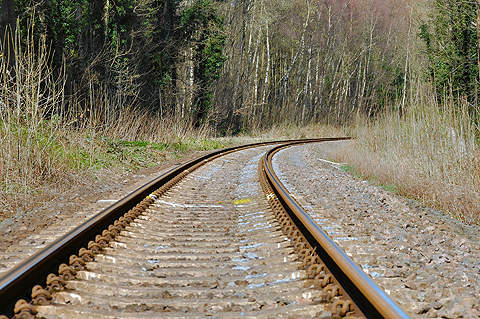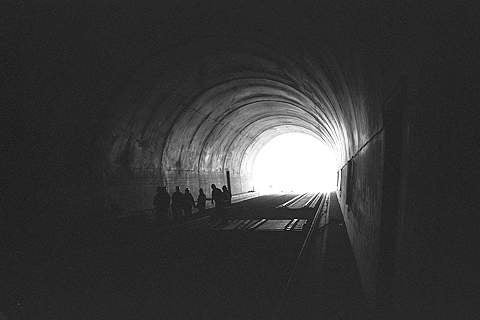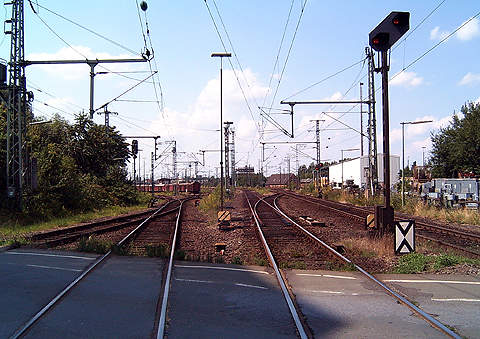Northeast Frontier Railway (NFR) is constructing the North Bengal-Sikkim Railway Link, a 52.7km stretch of track that will connect Sevoke, North Bengal, to Rangpo, Sikkim. The broad gauge (5ft 6in) line has a proposed 65km/h speed limit.
The groundbreaking ceremony for the project, approved in 2008, was held in February 2010, and the track was earlier expected to be completed in 2015. Once operational, it will be the first time Sikkim has been connected to the main Indian rail network, and as such is expected to boost local tourism and the region’s economy.
Once complete, a second phase of construction is planned to extend the line by 60km to Gangtok, the capital city of Sikkim. The project is expected to be completed by June 2021 Its budgetary allocation for the 2020-2021 fiscal is Rs6.07bn ($85.13m). Amberg Engineering was awarded a contract to provide detailed design consultancy services for tunnels and bridge / viaduct. AECOM was selected to provide design consultancy, 3D monitoring, and supervision of the construction of tunnels T-3 and T-4.
The total cost of the project is estimated at Rs40bn ($560m), 75% of which is being supplied by the Indian Ministry of Finance and the remainder by gross budgetary support from Indian Railways.
North Bengal-Sikkim Railway Link engineering challenge
The rail link will pass through the steep terrain of the Kanchanjungha mountain range foothills and the Tiesta river valley. Additionally, 32km (70%) of the route will be built in tunnels.
Ircon International, a public sector company incorporated under the Ministry of Railways, has signed an agreement to construct the line. The company has prior experience in mountainous projects; it worked on the Jammu Udhampur Srinagar Baramulla railway link, which posed similar technical challenges.
Details of Sivok Rangpo rail project
A survey was conducted for a 60km rail line from Sivoke to Singtam in 2000-01, which would have cost an estimated Rs11bn. The Indian Government did not approve the project due to the likelihood of negative returns on investment and financial constraints, as there were many approved rail projects lined up for construction.
However, a line from Sivoke to Rangpo was considered in 2007 due to demand from the local people. In 2008, a technical survey for the proposed line was completed and the project approved.
The project has been undertaken as a measure to improve connections between Sikkim’s north-eastern cities, which lie on the Chinese border, and the rest of the India. The line is of national importance, as it will make it easier for the Indian Army to deploy soldiers along the border in the region. At present, the army has to rely on the state’s single road link to the rest of India.
The second phase of the project, the 60km extension to Sikkim’s capital, Gangtok, is part of a wider aim to link the capitals of India’s northeastern states by rail.
The project faced opposition from environmental groups. The National Highway Authority of India faced the ire of environmentalists when it began construction of a 41km stretch on the NH31A road from Sikkim-West Bengal border to Gangtok.
Routes
Of the total 52.7km of the North Bengal-Sikkim line, 51.7km will be in North Bengal and 1km in Sikkim.
The initial project will pass through five major stations: Raing, Gielkhola, Teista Bazaar, Melli and Rangpo. The extension will have stops at Singtam, Nimtar, Nandok and Bhusuk.
Infrastructure
There will be 13 tunnels along the North Bengal-Sikkim link, the longest measuring more than 1,800m. Proposals also include four manned level- crossings and 100 bridges, 37 of which will be major structures. A computerised passenger reservation system will also be installed in Rangpo and Gangtok.










